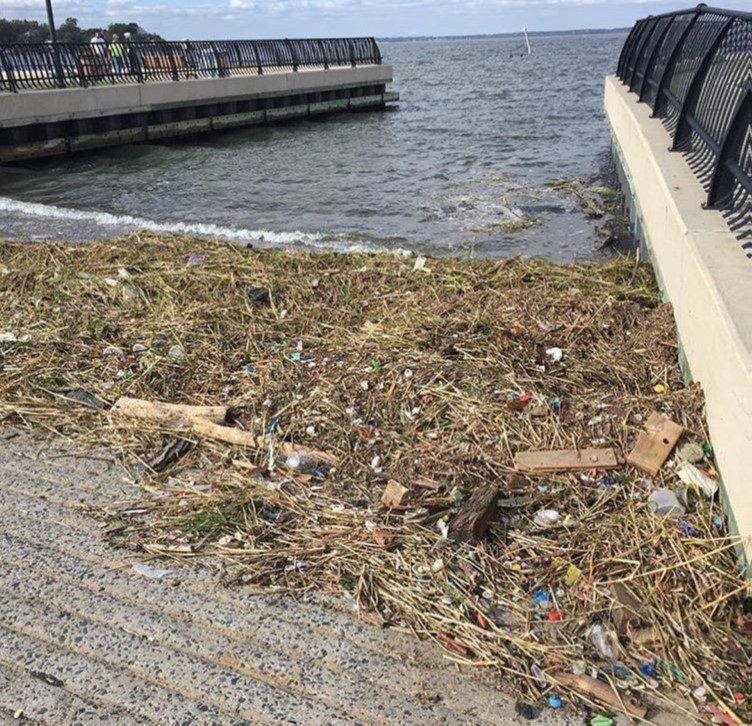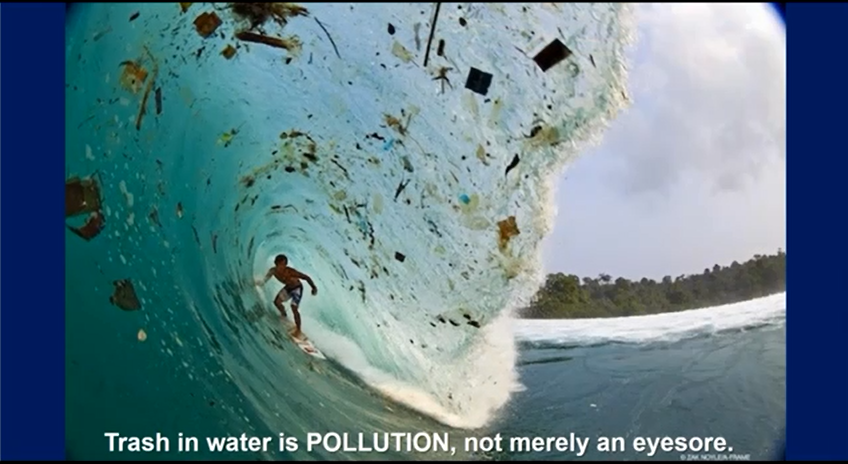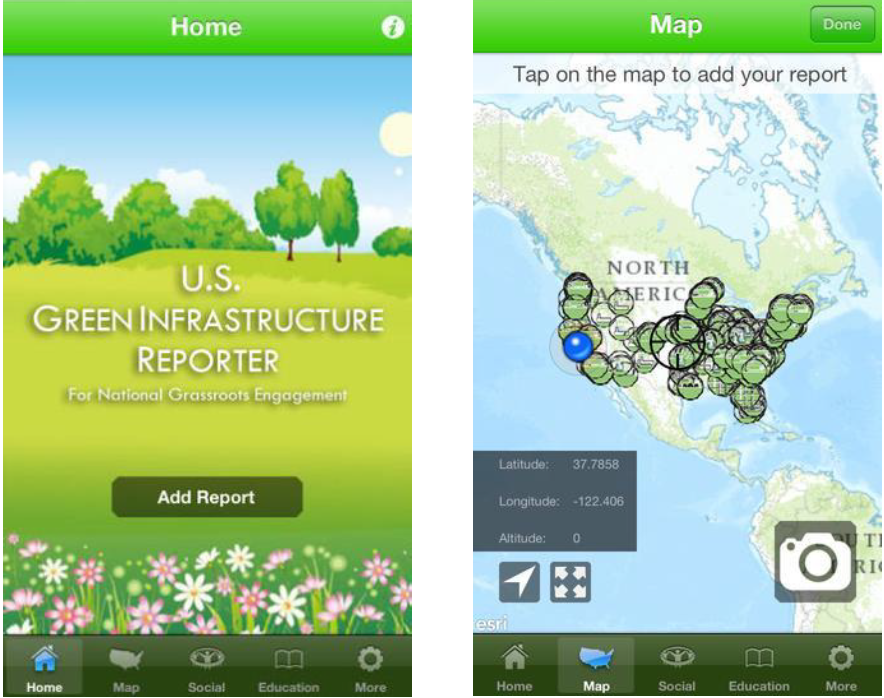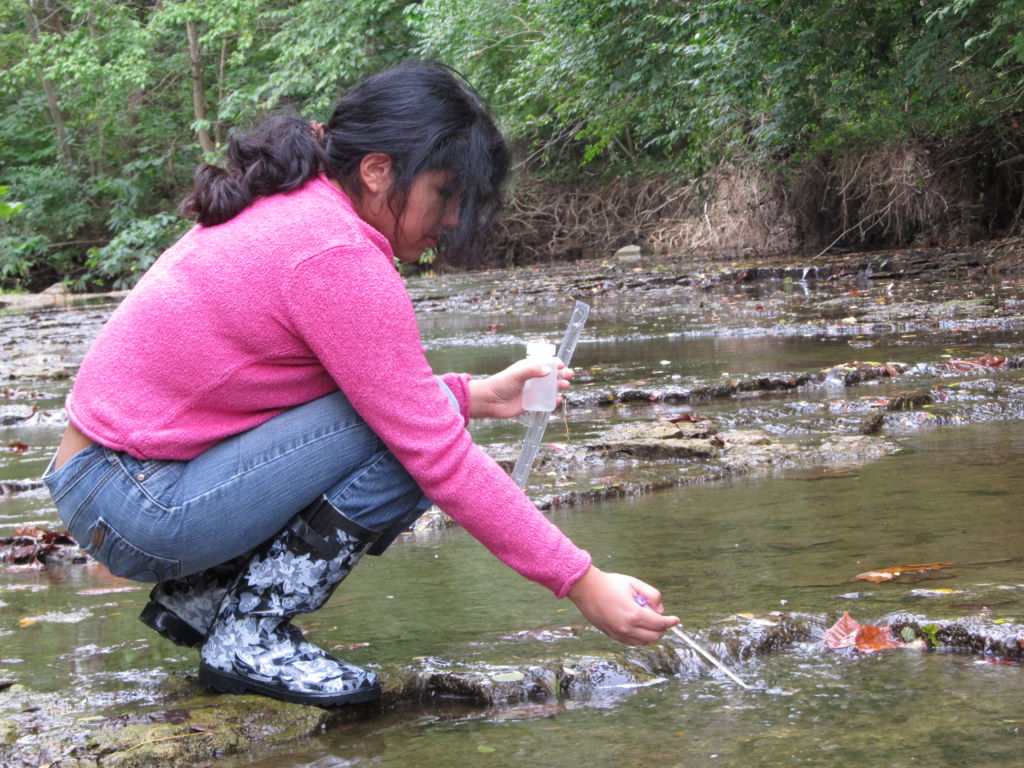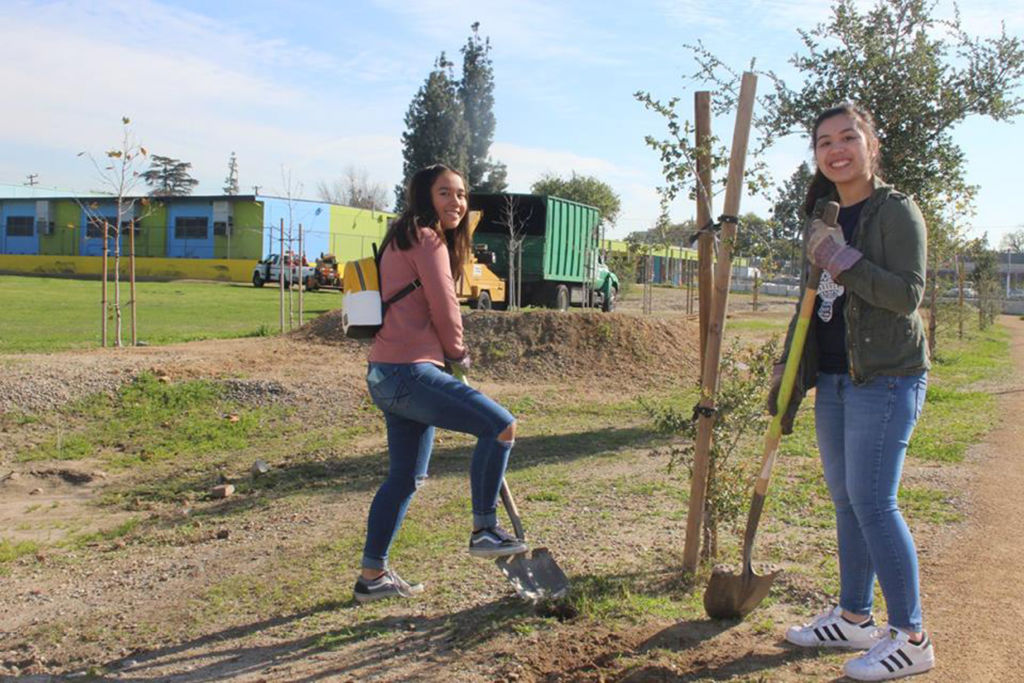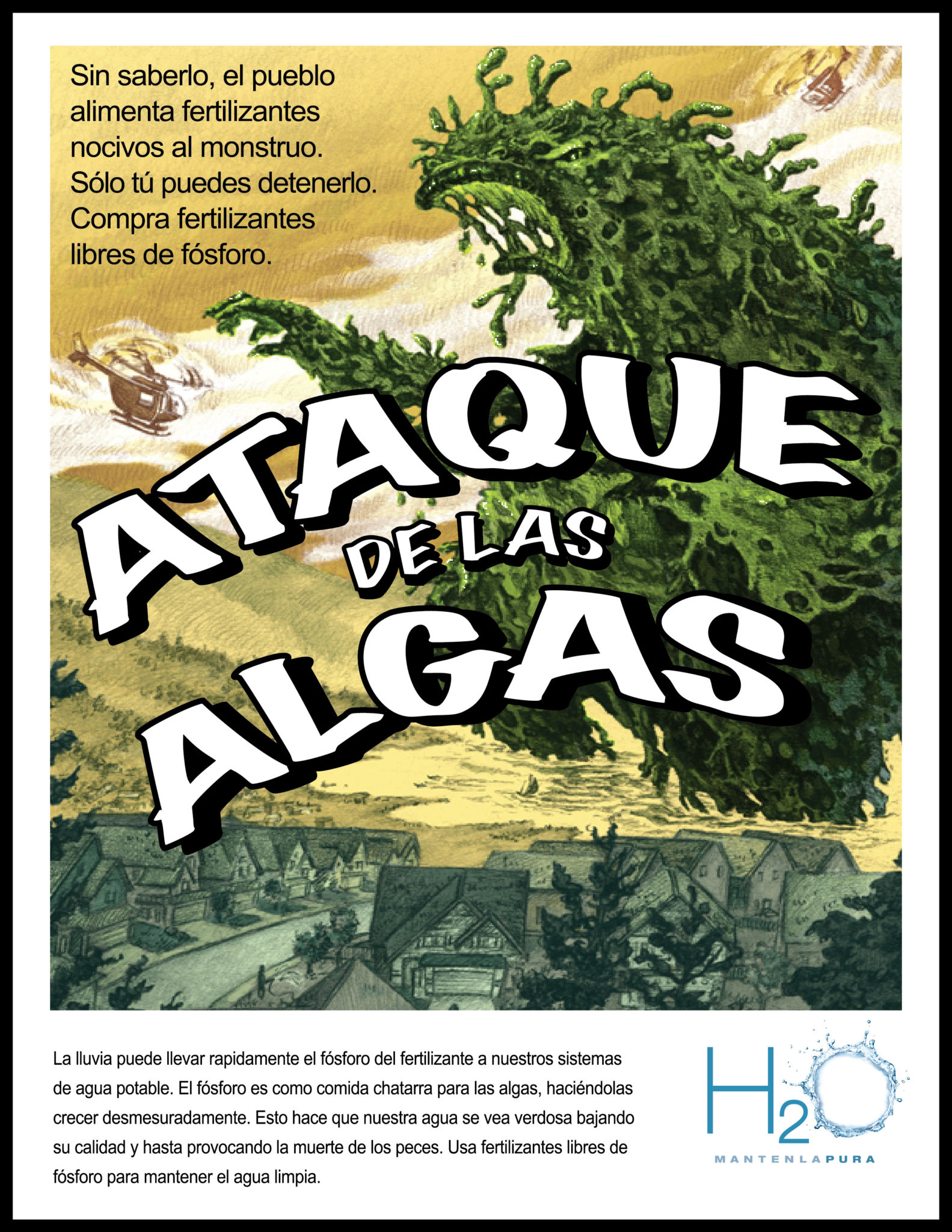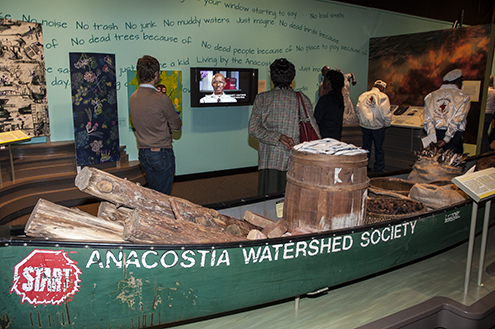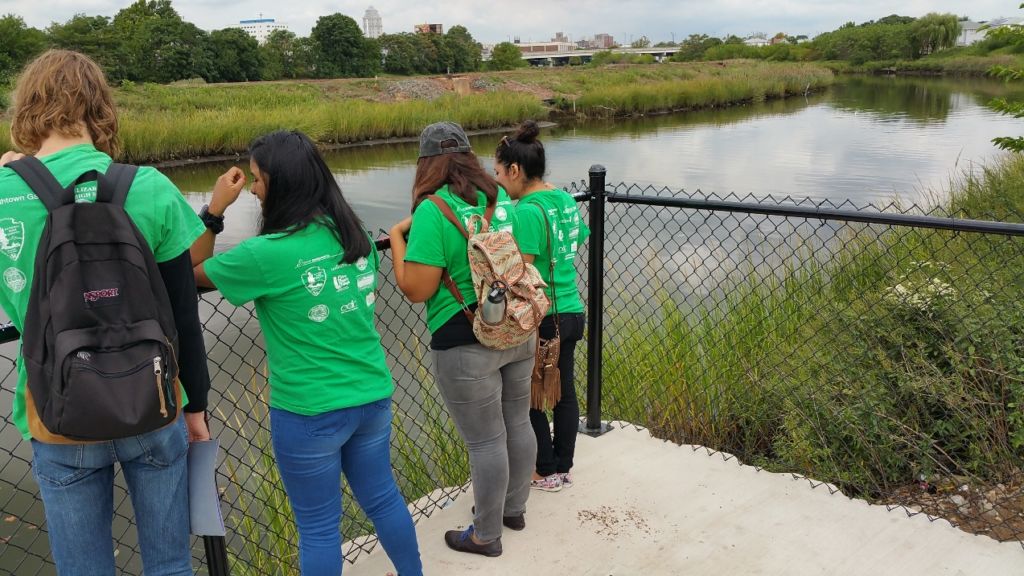public outreach
December 7, 2017
Advocating for change starts first with quantifying and documenting the extent of plastics pollution. The NY/NJ Baykeeper study illuminates the high prevalence of plastics pollution within the Harbor Estuary and highlights the importance of both decreasing plastics consumption and increasing disposal awareness.
October 9, 2017
Litter and trash from consumer goods make up the majority of marine debris that pollute our waterways and oceans. Feel like your organization needs to do more than annual clean […]
October 9, 2017
Monitoring of our waterways is critical to identify issues of concern, to evaluate restoration projects’ success, and to gauge changes over time. New technologies are continually shaping the way we […]
September 11, 2017
In urban settings, stormwater runoff is one of the leading water quality concerns due to limited surface area where water can infiltrate into the soil. Impervious surfaces result in water flowing quickly across pavement and down gutters and sewers rather than dispersing out evenly over the landscape. The farther and faster the water travels, the more contaminants and sediment it picks up along the way.
April 25, 2017
The Wabash River, which is Indiana’s state river, has a rich economic and cultural history. As a tributary of the Ohio River, it is part of the upper reaches of the 1,245,000-square-mile Mississippi River Basin, and so was a vital navigation and trade route for French traders traveling between Canada and the Gulf of Mexico.
April 7, 2017
The San Gabriel River drains a 713-mile watershed in the San Gabriel Mountains, flowing as far south as Long Beach, where it enters Alamitos Bay as a tidal river. It shares its watershed with two other major rivers: the Los Angeles and the Santa Ana.
February 13, 2017
The Barr Lake and Milton Reservoir Watershed Association (BMW), with members from wastewater agencies, cities and counties, water providers, environmental groups, planning agencies, and recreational interests, believed that if Colorado residents knew how their daily choices affected the watershed, they would be more mindful and actively reduce pollution. In 2012, BMW was awarded an Urban Waters Grant from the EPA to develop and test clean water messages, including Spanish translations, and implement an ongoing messaging campaign.
February 9, 2017
The Valle de Oro National Wildlife Refuge, located in the South Valley of Albuquerque, New Mexico, is the first US Fish and Wildlife Service (USFWS) refuge in the Southwest to be designated an “urban refuge.” With funding from the US EPA Urban Waters Program, Amigos Bravos partnered with area organizations to engage youth directly in water quality monitoring in the Rio Grande and adjacent irrigation ditches. Many of the youth had never seen the river before, much less interacted with it.
January 11, 2017
The Smithsonian's Anacostia Community Museum explores issues impacting urban contemporary communities. Its approach starts with research and documentation of urban life and history organized around the concerns that are relevant to the largely African American residents in the local river neighborhoods east of the Anacostia River, where the museum is located; then expands to metropolitan Washington, DC area and to like urban communities. Through its innovative research focus, exhibitions, and education programs on the issue of urban waterways, the museum has actively encouraged community investment and stewardship.
January 11, 2017
The long-term vision for the Elizabeth River Trail project in Elizabeth, New Jersey is to connect people with the natural environment in the most densely populated region of the country. Through signage and service learning events, residents and visitors will learn about ecological restoration plans for the river and become environmental stewards of this valuable resource. Ultimately, the trail will tie into the regional network of greenways already established and under construction.

